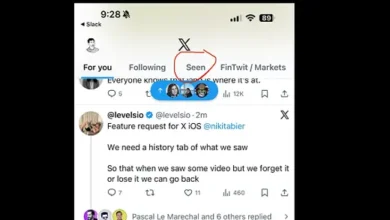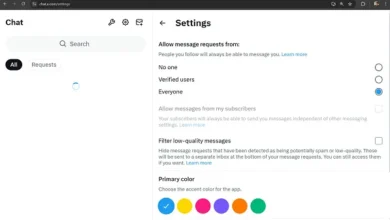Snapchat Announces a Range of AR Advancements at Lens Fest 2025
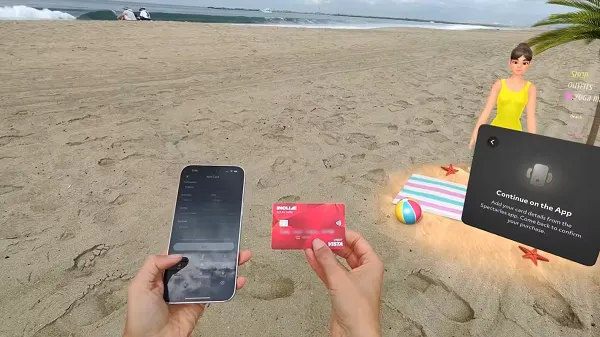
Snapchat has announced a raft of new AR updates at its annual Lens Fest event, including improved AR creation elements, generative AI guidance for AR development, new games and gaming creation tools, AR creator monetization, and more.
And there’s a heap to consider here.
First off, Snapchat’s adding a range of new AR creation options in Lens Studio, which will provide more ways for creators to build AR experiences in the app.
“Realistic StyleGen,” for example, will enable creators to build more true-to-life fit, texture, and lighting effects for simulated clothing, while Snapchat’s also updated its “FaceGen” element to create more realistic expression in digital generations.
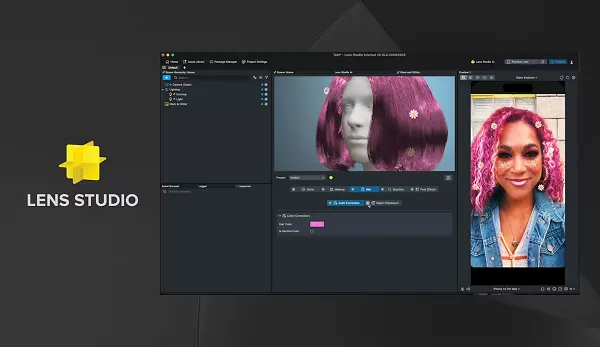
It’s also added new 3D generation tools for selfies, so you can create depictions of actual people in digital form, and “AI Clips” which will enable creators to produce their own image-to-video Lenses.
The addition of generative AI is set to change the game for AR and VR development, by simplifying what have traditionally been highly complex programming elements, and on that front, Snapchat’s also rolling out a new “Lens Studio AI” bot, which will enable anybody to build an AR project through conversational prompts.
As explained by Snap:
“Just describe what you want, and Lens Studio AI helps you bring it to life. It can write code, guide you step-by-step, generate full Lenses, debug, and even suggest assets. Whether you’re a beginner or a seasoned pro, Lens Studio AI meets you where you are to get you from idea to published Lens faster than ever.”
It’s also launching a new framework called “Blocks,” which are essentially templated AR elements that you can add into your projects.
“Blocks are modular, AR-ready components, like scripts, assets, and effects, that come together to build a Lens, all accessible through Lens Studio AI. You can create your own custom, private Blocks, or publish them to share your innovations with the community.”
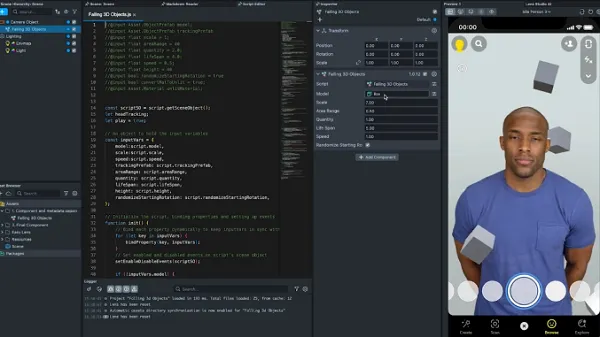
The expansion of generative AI for AR creation, along with the addition of templated elements, will make it much easier for anybody to build AR experiences, and it’ll be interesting to see how this expands the scope of what’s possible, and how users engage with AR experiences.
And with Snap also looking to bring its own AR Specs to market next year, this could end up becoming a much bigger focus, for many creators.
On that front, Snapchat’s also adding new system-level features to help build experiences for Specs.
“Travel Mode lets you enjoy AR experiences as a passenger on the go, whether you’re in a plane, train, or car, without tracking interruptions, while EyeConnect allows instant setup of shared, co-located Lenses by simply looking at the person next to you.”
Snapchat’s also launching a new “Commerce Kit,” for AR, which will enable select creators to accept payments directly inside Lenses.
“Whether it’s digital goods or premium features, this marks the beginning of monetization on Spectacles.”
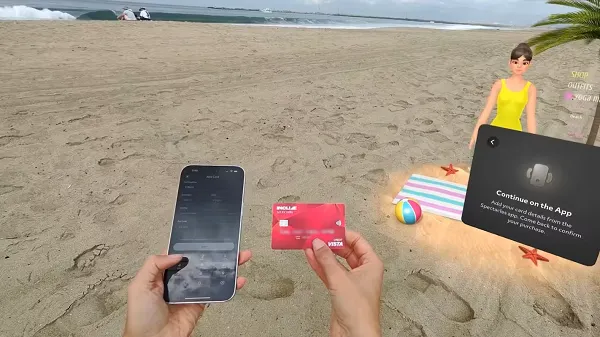
It’ll also be looking to drive more interest in Specs with content partnerships, including Star Wars, Synth Riders, and Avatar: The Last Airbender-based Spectacles projects.
Gaming is actually driving more interest in the app, with Snap’s AR games seeing a 130% increase in engagement over the past year.
Lens games provide a more interactive user experience, with many utilizing Bitmoji avatars to navigate AR worlds within gameplay. Snap says that over 175 million people now play Lens games on Snapchat every month, and its adding more resources to help developers build more engaging AR games.

Snapchat’s rolling out a new way to integrate Lens games directly into chat, via a new “Games Chat Drawer,” which could help to drive more active engagement.
Most of the engagement on Snapchat happens in the DM element, and as such, adding competitive games into your inbox could help to drive more take-up.
Though I do have some concerns that the inbox could also be getting a little crowded, with Snapchat also adding inbox ads last year. That could eventually make Snapchat messaging feel less intimate, but thus far, Snapchat clearly hasn’t seen any significant user backlash from integrating more features into this element.
Snapchat’s also expanding the games category in its Lens Studio asset library with new components that will help developers build more engaging games:
- Character Controller: Switch between third-person, side-scroller, or top-down gameplay styles.
- Camera Controller: Change angles with presets for follow, orbit, and third-person views.
- Input System: Customize controls – blink to jump, or move with a joystick.
- Bitmoji Suite: Bring Bitmoji friends, animations, and props right into your game.
Snap’s also looking to add live multiplayer matchmaking for games as well, which will provide another element to drive more interaction within its gaming element.
Snapchat’s also adding more monetization pathways for creators, with an expansion of its “Lens Creator Rewards” program.
Originally launched back in 2023, Lens Creator Rewards aim to highlight and reward the most popular Lens creators with cash payouts, based on monthly Lens performance. And now, Snap’s also adding a new “Lens+ Payouts” element, which will enable creators to make money based specifically on engagement among Lens+ and Snapchat Platinum subscribers.
Snapchat’s also removing the Snapchat branding obligation from projects created in its Camera Kit, which will enable creators to build custom AR experiences for clients.
These are some interesting developments for Snapchat’s AR push, though I remain skeptical of its AR ambitions, particularly as it looks to take on bigger players, like Meta and Apple, who both have more capacity to build better, more functional, and more affordable AR devices.
Still, Snap has long been a leader in AR development, with its audience nous and cultural understanding playing a big role in helping it drive next-level adoption, and generate more interest in its AR tools.
I suspect that will remain the case, though the question I have is whether it will be building those experiences for its own AR Specs, or it’ll end up abandoning its hardware ambitions, and transferring its AR tools to third-party systems.

